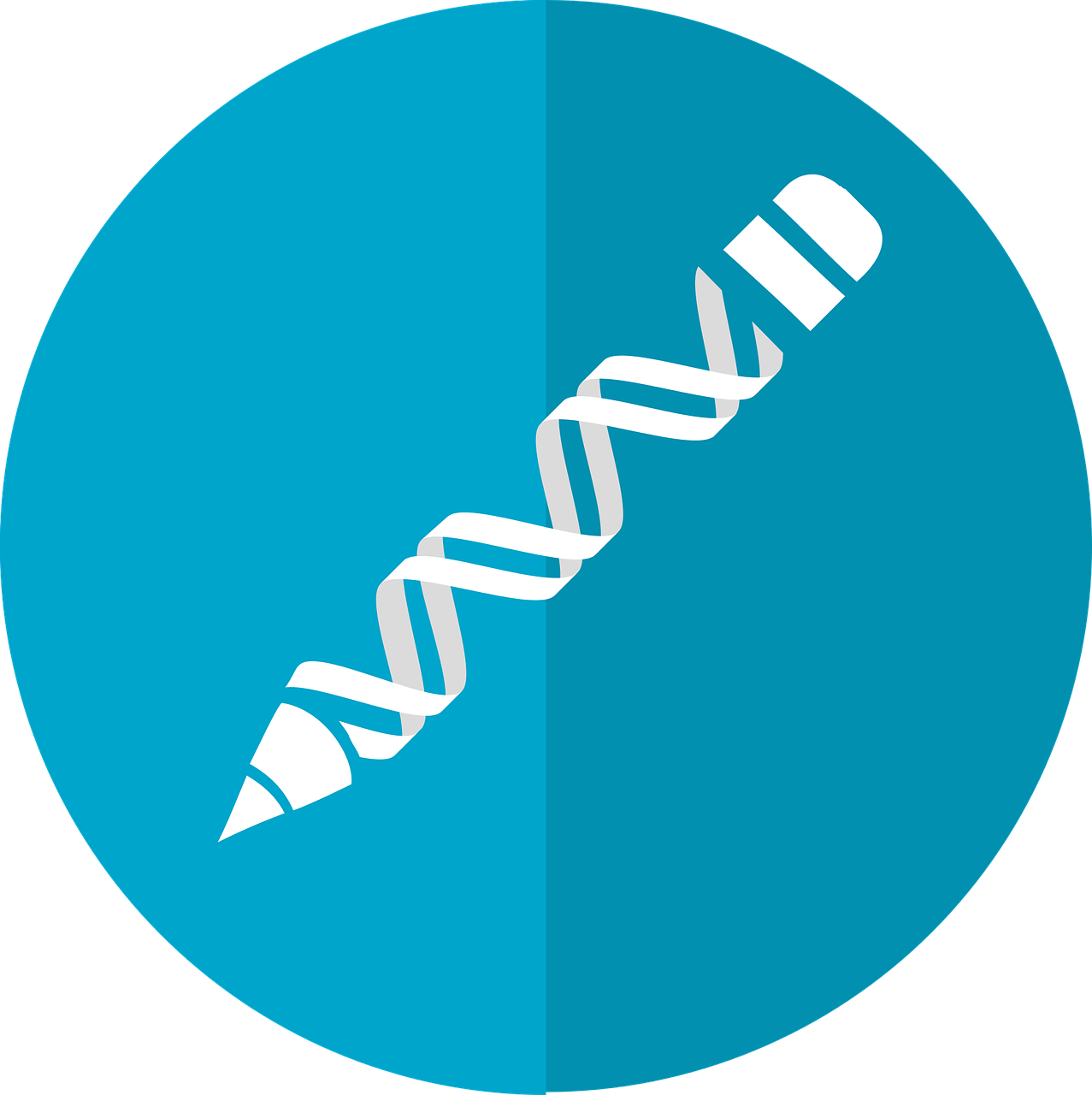Up until now, CRISPR cas was the gold standard of genome editing. However, due to certain disadvantages, a team of researchers from Hiroshima, Japan came up with a new software tool by the name DANGER which they can use for for genome editing. Let’s dive deep and explore more about this interesting tool.
First of all, what is DANGER?
It stands for Deleterious and ANticipatable Guides Evaluated by RNA-sequencing. It is a software tool that makes genome editing safer and all that it requires is a transcriptome (the full sequence of messenger RNA).
CRISPR is a tool in use for almost a decade for genome editing. However, it did come with its own set of challenges leading them to develop DANGER to overcome them.
CRISPR: How did it all start?
It was initially seen as a part of the bacterial immune system and has ever since established its use as a nuclease that can be programmed. This programmable nuclease could help us modify the genomes of various organisms including humans. CRISPR has two components, namely: RNA-guided Cas9 nuclease and a single guide RNA (sgRNA). This complex together creates indels (insertions or deletions) near the target site. It is at this site that the protospacer (5’ end of sgRNA) and PAM (protospacer adjacent motif) bind. Its high editing efficiency makes it a gold standard for genome editing.
Challenges of CRISPR
Two specific challenges need to be addressed. Let’s look at each one of them in detail.
- Off-target effects: they arise when the mRNA is not edited correctly. A tiny change in the genome/genotype could result in a significant change in phenotype. While most reports were able to predict the genotypic effect, they could not predict the phenotypic effect of these off-targets
- Need for a reference genome: designing the sequence of sgRNA requires a reference genome. The lack of a factual genome is especially a problem when it comes to the genomes of patients and cancer genomes. These are completely different from the reference genome and the off-target effect is always unexpected
The solution to tackle both these problems:
A team from Hiroshima devised a single solution to overcome the challenges.
Gene Ontology (GO) Annotation, a widely used technique known for several decades, can help assess phenotype risk through phenotypic analysis. A gene annotation is simply a statement explaining the function of a particular gene.
Hypothesis: upon annotation of each off-target with decreased expression, one could assess the phenotypic risk of off-target genes quantitatively.
To solve the problem of dependency over a referral genome, de novo transcriptome assembly can generate transcriptome sequences without requiring a reference just by using the RNA seq data.
A combination of both solutions emerged as Deleterious and Anticipatable Guides Evaluated by RNA sequencing, abbreviated as DANGER. This software could perform safe on-target and off-target assessments without the need for a reference genome.
How was it done? DANGER pipeline:
They used human cells (gene-edited) and the brains of zebrafish cells to test this software. The on and off-target assessments were studied in RNA sequencing data. With this study, they could successfully demonstrate the achievement of several goals including the detection of on and off-target sites in mRNA transcribed regions. The software was also able to quantify the phenotypic risk at the gene level without the need for a reference. What makes it successful is its usage on various organisms, human genomes, genomes of cancer patients, and atypical genomes created by certain viruses.
Steps in DANGER
- The first step in the pipeline is the identification of genomic on and off-target sites based on a de novo transcriptome assembly. A transcriptome is a collection of all the active genes present in a cell. It is a de novo transcriptome because it assembles without a reference genome.
- The next step is the identification of off-targets on the regions transcribed by mRNA. They represent a downregulation of expression in edited samples compared to wild-type.
- The final step is the identification of phenotypic risk using gene ontology of those deleterious off-targets.
This software tool holds potential applications in medicine, agriculture, and biological research.
What next? Plans
The next step is to expand their research from patients to crops to clarify the phenotypic effect and ensure safer genome editing strategies.
Comment down below what you think of this software tool.


Wow, that was very interesting read!
Very interesting! Thanks for sharing.